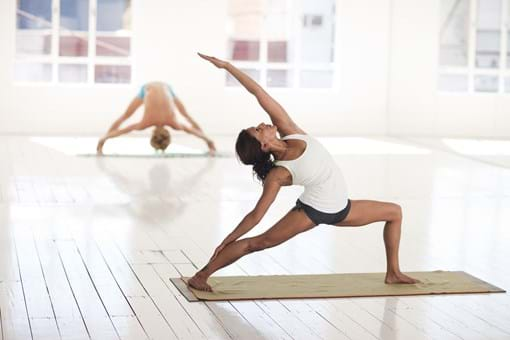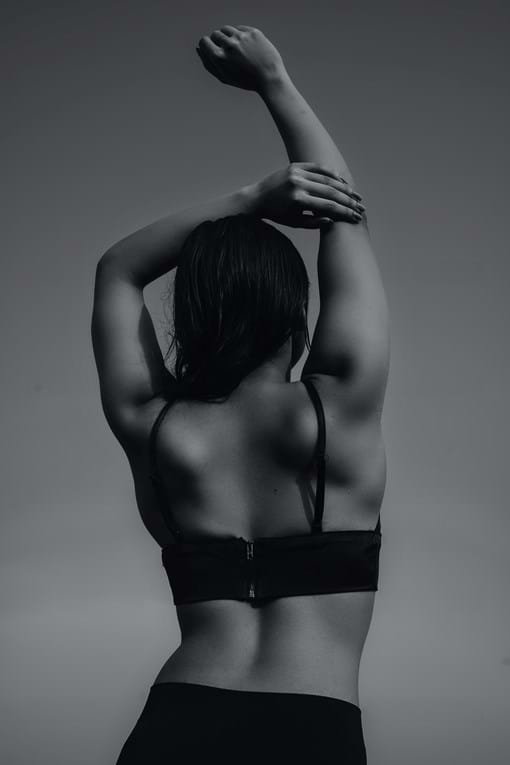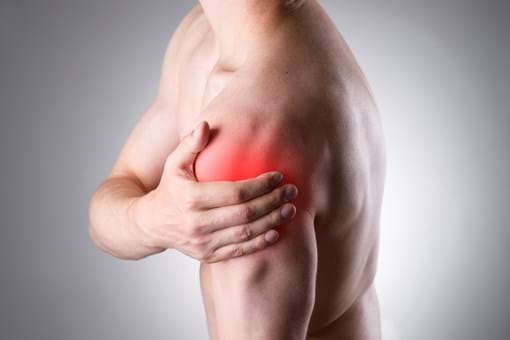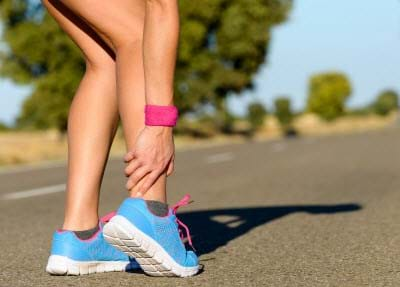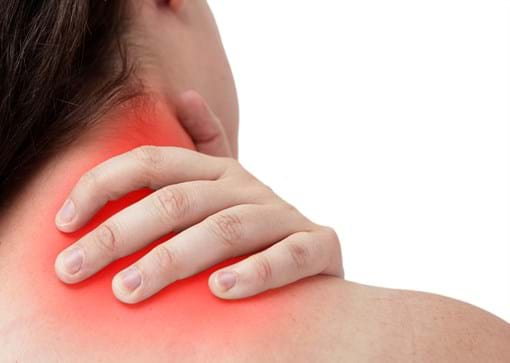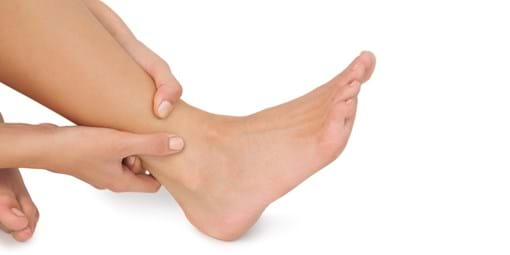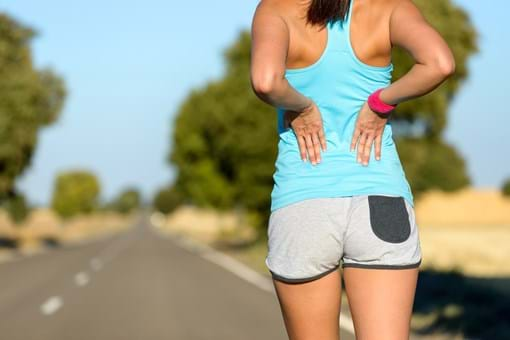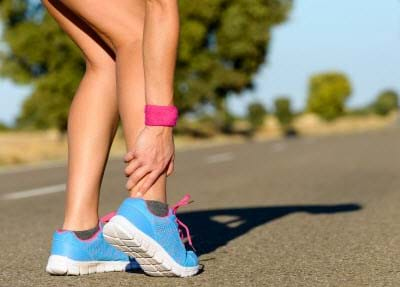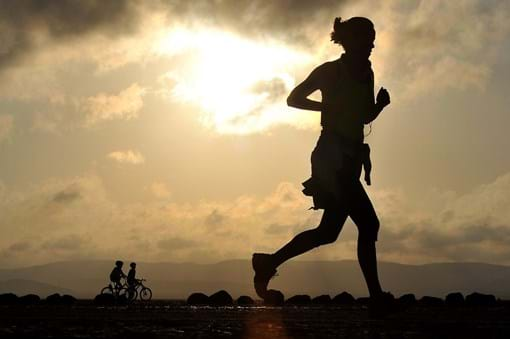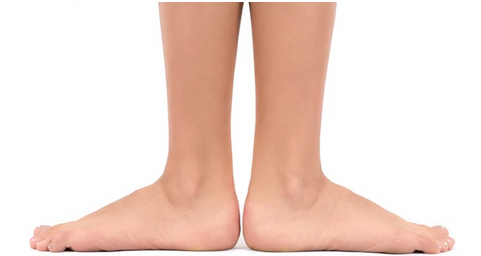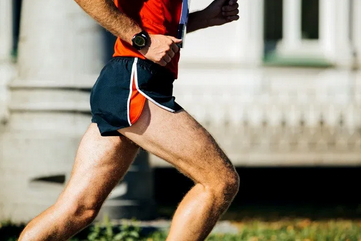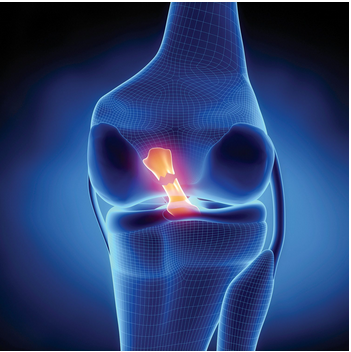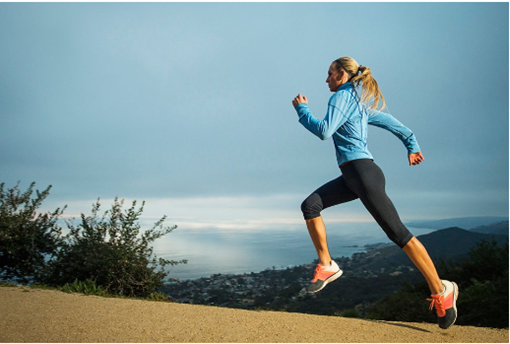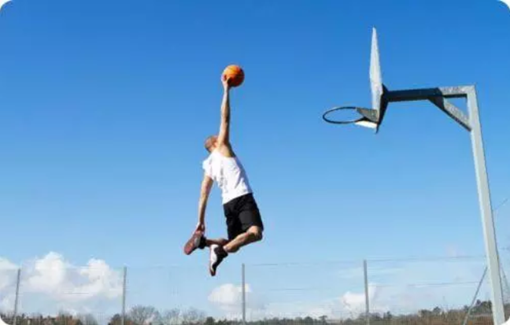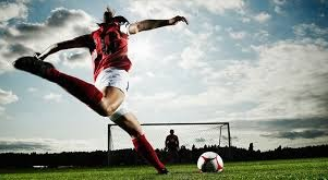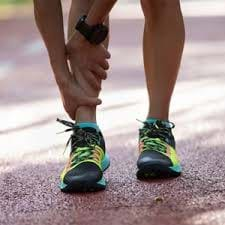Blogs
April 2020 - The rapid development of this pandemic has left a lot of us feeling stressed, afraid and practicing social isolation and social distancing. Your gym may be close, you may not be doing your regular walk.
Tips & Research
April 2020 - Have you recently taken up a new class and are finding your wrists are getting painful? Are you having to take frequent breaks in your plank or down dog? You’re not alone!
Conditions
April 2020 - In this blog we will outline what the condition Sciatica is and how it is felt throughout the body. We will provide you with some self care tips and treatment options that will assist you with any discomfort you may be feeling. So let’s get started!
Tips & Research
April 2020 - Coronavirus got you hunkered down at home? It’s likely you are much less active at the moment than you usually are. Each week we see new cases of acute and chronic injuries which are directly related to a lack of activity and a sedentary lifestyle. Here are 8 reasons why you should stay active - some of which you may not have been aware of!
Sports
April 2020 - “Telehealth” has been a buzzword in the media lately and you may be wondering what it is and whether your low back injury may be appropriate for it. Telehealth is the provision of health services through information and communication technology. For Physiotherapy and most other health services, this translates to online consultations. Check out the Google trends for “telehealth” and “telehealth physiotherapy” from January 1st 2020 to April 1st 2020:
Conditions
April 2020 - Frozen Shoulder is also known as Adhesive Capsulitis, which is a joint condition. When evaluating this condition, allied health practitioners may find a distinct reduction in range of motion of the glenohumeral joint (shoulder) through a clinical assessment.
Tips & Research
June 2020 - The most common type of “rolled ankle”, or ankle sprain, involves the ankle turning outwards whilst the sole of the foot turns inwards, which puts stress on, and stretches, the ligaments on the outside of the ankle.
Tips & Research
May 2020 - Wry Neck can sometimes be referred to as “Torticollis.” It is a neck condition that involves the muscles and nerves being damaged, stiff or painful. The muscles that surround the neck spasm, causing pain and limiting a person's range of motion (movement). With a wry neck, it is common to find the top of the head tilting to one side and the chin moving out to the opposite side.
Conditions
June 2020 - No one likes having to take time off from their sports due to injury. However, this is something that many netball players will face. The good news? Every netball injury can be treated! Here are some of the most common complaints we see and how to fix them.
Tips & Research
Aug 2020 - The Department of Health and Human Services (DHHS) in Victoria, have made it very clear that, during stage 4 lock down restrictions, you should still seek the healthcare you need. You are still allowed to get the physiotherapy care you need during stage 4 lock down.
Tips & Research
July 2020 - We see a lot of ankle sprains or “rolled ankles” here at Melbourne Sports Physiotherapy. Once our patients come to see us in the clinic, we often hear “I didn’t know what to do straight after I rolled it. Should I stretch it? Should I rest? Should I apply ice even the day after?” Following on from last weeks blog, here we will discuss the best way to manage your ankle sprain as soon as it happens and get yourself on the road to recovery before even seeing your Physio!
Tips & Research
August 2020 - During the first lockdown, you were likely motivated to jump into an online running program, or maybe you just started running without much of a plan. Maybe you’ve been running 5 times per week for your sanity, or you just want to be able to run 3km, or you might even be training for a marathon. Regardless of your running ability, we have seen many, many running injuries in the clinic during this time. Most of these have been as a result of simple mistakes that can be hard to identify when you’re planning your own running. Read on for the 5 biggest mistakes we’ve seen, and how to avoid them.
Tips & Research
July 2020 - “Do I need physiotherapy when I feel pain in my feet or ankles?” If that’s the question on your mind right now, we’d recommended you see a physiotherapist for an assessment. This is because the structure of our feet is very complex with each foot being made up of 26 tiny bones. Also, there are more than 100 ligaments, not including the joints, tissues and tendons. As a result, this complexity allows us to walk, run and perform other physical activities. However, because of the many possible movements of the feet, they can be prone to overload in one region, which can cause you pain. Therefore, by doing a few simple exercises you can keep your feet moving well and feeling good.
Sports
August 2020 - Are you a runner, hiker or walker who has been trying to increase your training but have suffered pain on the outside of the knee? This frustrating pain may be due to the ITB!
Conditions
August 2020 - With this blog I thought I would give all our readers some basic insight to what our physiotherapists are thinking about when we are rehabbing a structural knee injury (ACL, meniscus, cartilage, chondral defect etc) after the knee becomes ‘quiet’.
Conditions
September 2020 - Injuries are not a new thing for runners with some research showing that up to 80% of runners will have an injury at any given time. Runners, coaches and physiotherapists are always in the pursuit of injury prevention with load management and strength training being the Gold standard. Managing training intensities is something that isn't talked about as much but can have a huge impact on injury and performance.
Sports
September 2020 - The calf complex is made up of two main muscles - the gastrocnemius and the soleus. The gastroc is more superficial and its outline can be seen when you go up on your toes. The soleus is deeper. The calves have a major role in propulsion (initiating movement). Previously it was thought the gastroc produced more explosive force (sprinting and jumping), and that the soleus was a postural muscle suited better for endurance tasks (jogging, walking, standing). However modern sports medicine shows that the soleus produces huge amounts of force and is often underdone in rehab programs.
Conditions
September 2020 - Jumping higher is one of the most common goals that people have for general sports performance and following ankle, knee and hip injuries which have limited their jump height. It could be the life-long dream of being able to dunk or get more rebounds in basketball, or compete better for headers in soccer, or take more contested marks in football, athletes of all skills would like to jump higher as part of being more athletic. For physiotherapists, the ability to jump higher and absorb high landing forces is a sign of good hip, knee and ankle joint and tendon health.
Conditions
FREE Webinar: Walking out of Lock Down- Wed 30th Sept at 6pm
Tips & Research
October 2020 - The incidence of serious knee injuries in sport has been shown to occur substantially more frequently in women than in their male counterparts. Research suggests female athletes are at x 2-5 greater risk of Anterior Cruciate Ligament (ACL) injury than males, and in the first 2 seasons of AFLW this rate was higher again.
Conditions
October 2020 - A high pain threshold and a high pain tolerance are phrases commonly used, but what do they really mean?
Conditions
October 2020 - In simple terms, a stress fracture is a crack that develops in the bone. They can range in severity from periostitis, caused by inflammation of the periosteum, right through to a complete stress fracture which is a cortical break.
Tips & Research
October 2020 - Tight hips are something we see at the clinic every day. Runners, gym goers, athletes, desk workers you name it! Whether it is related to the injury they’ve come in for or it’s the reason they’re at the clinic - people are asking us why their hips are so damn tight. Now the answer to that question will take a bit to unpack. But bear with me, by the end of this blog you will be well on your way to unlocking your tight hips. I have even thrown in a couple of exercises to get you started!
Tips & Research


